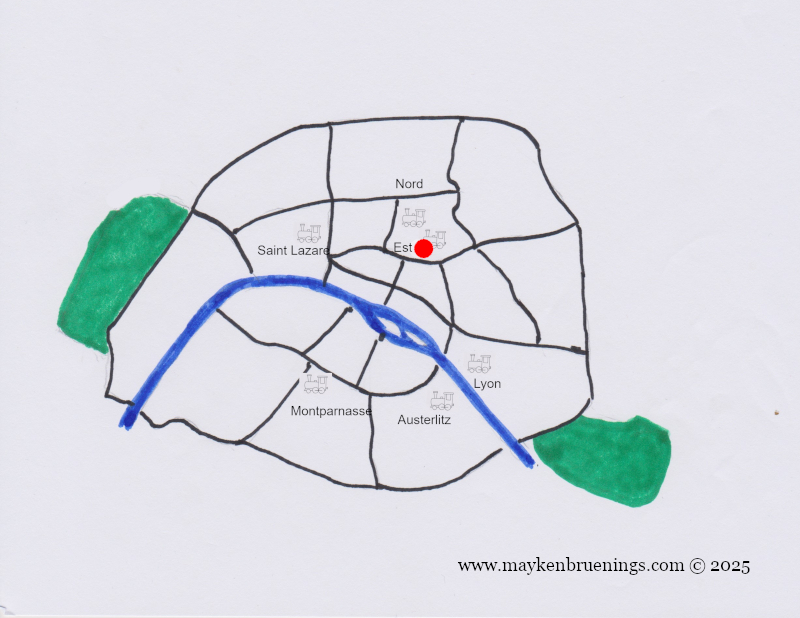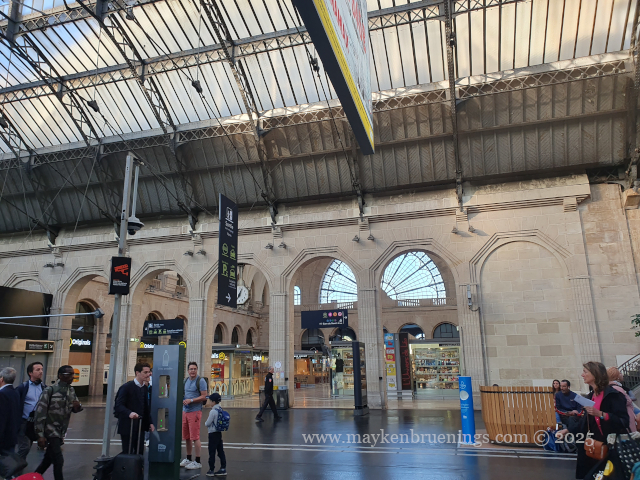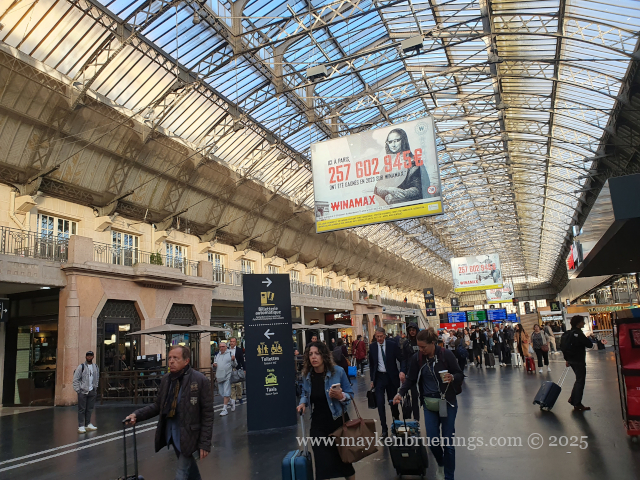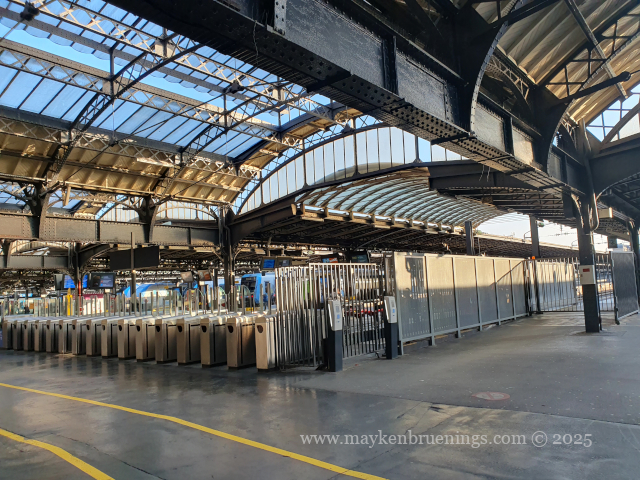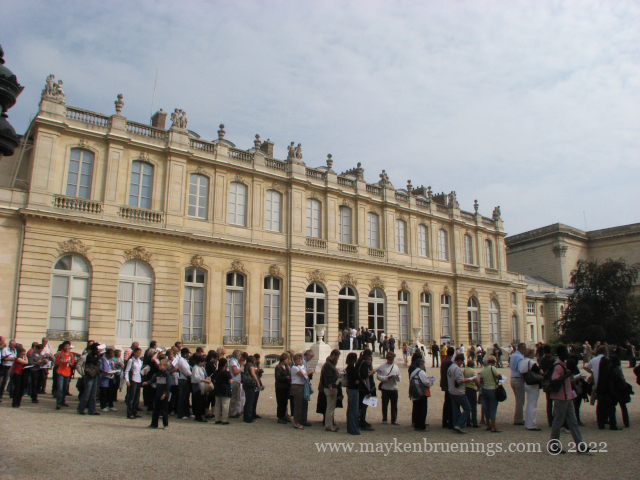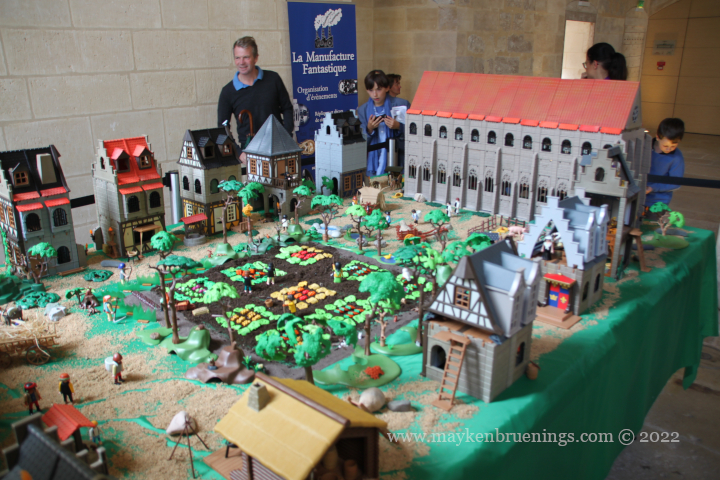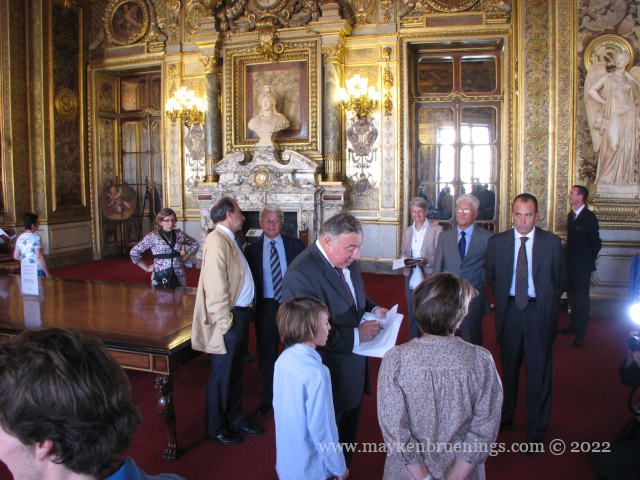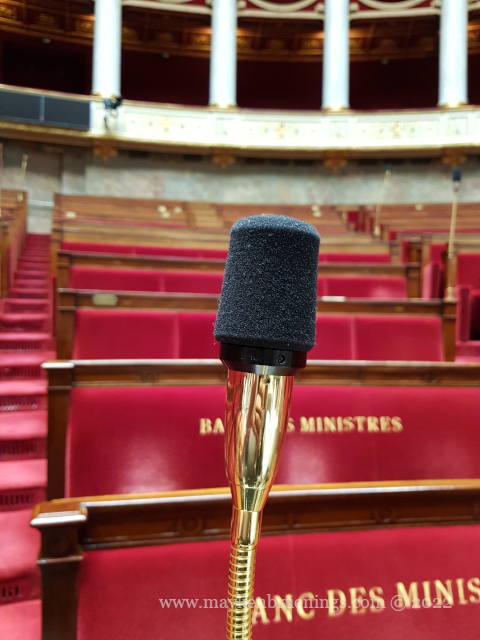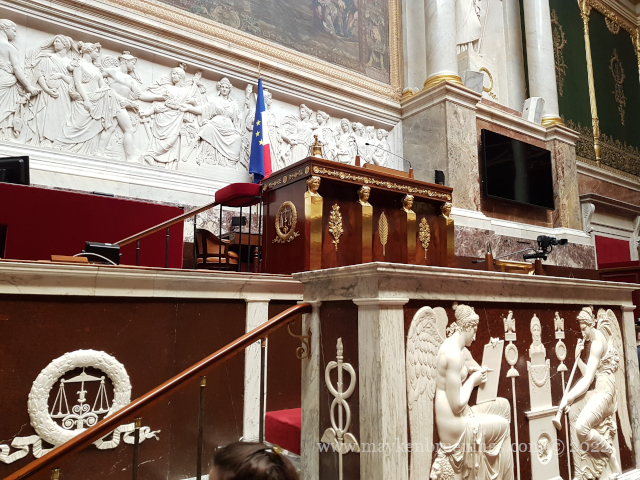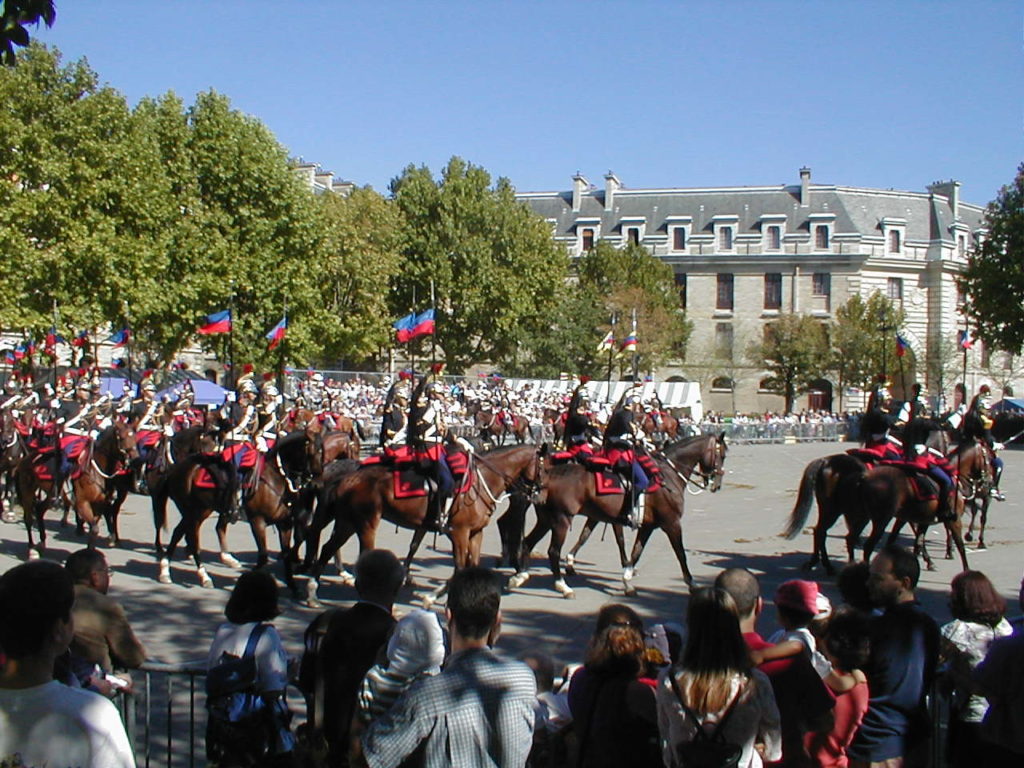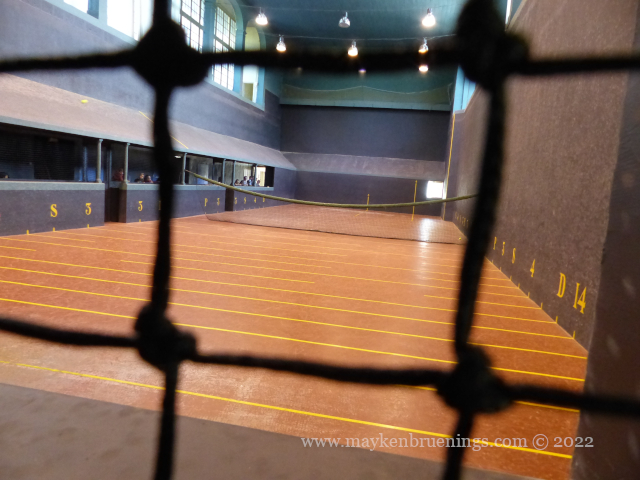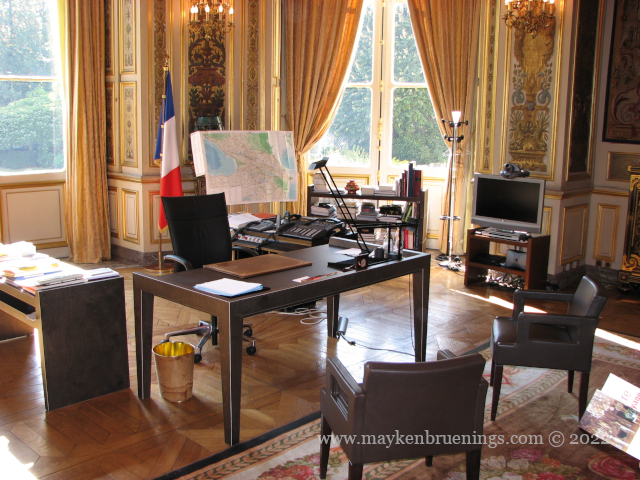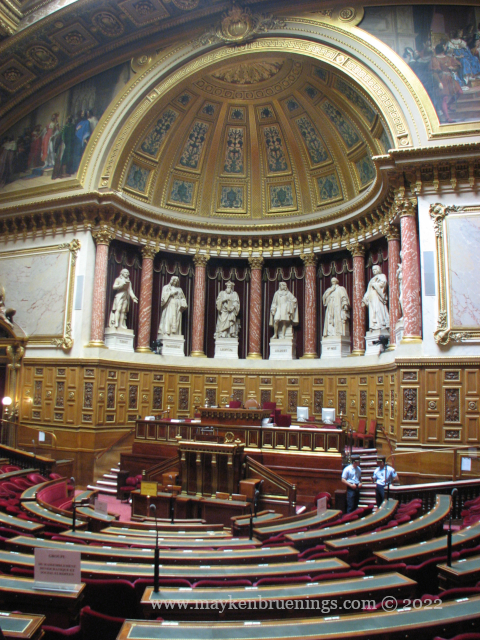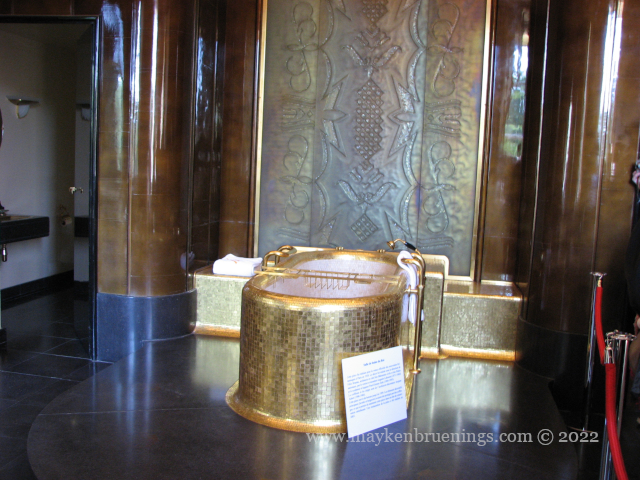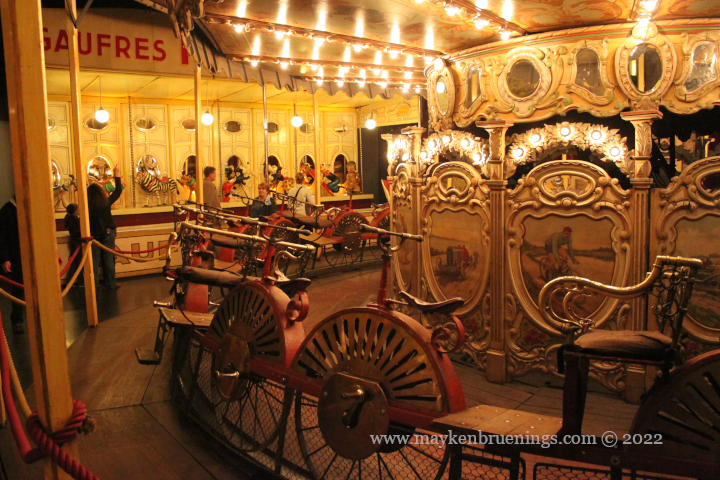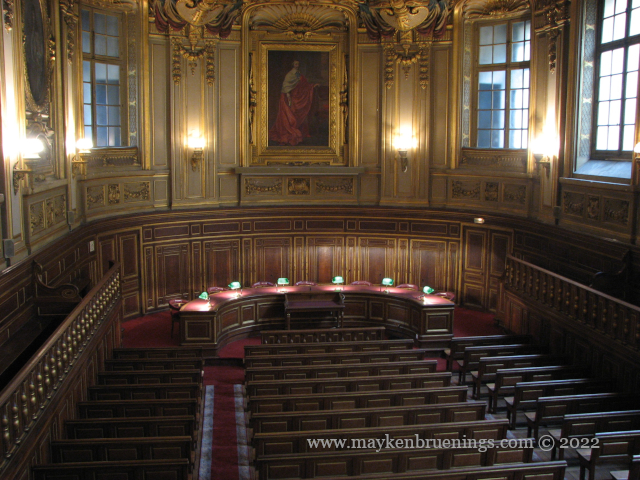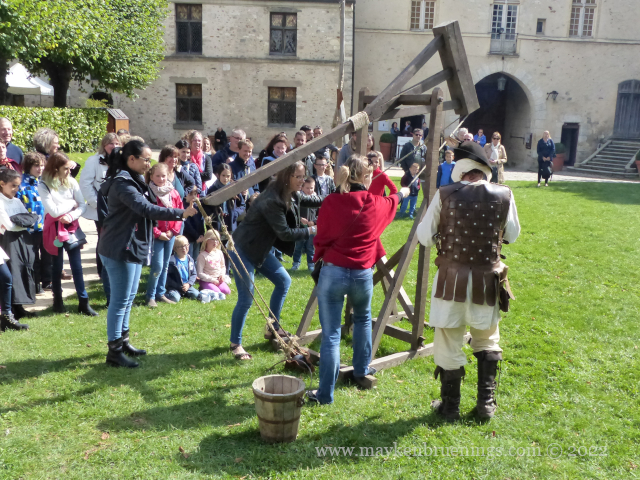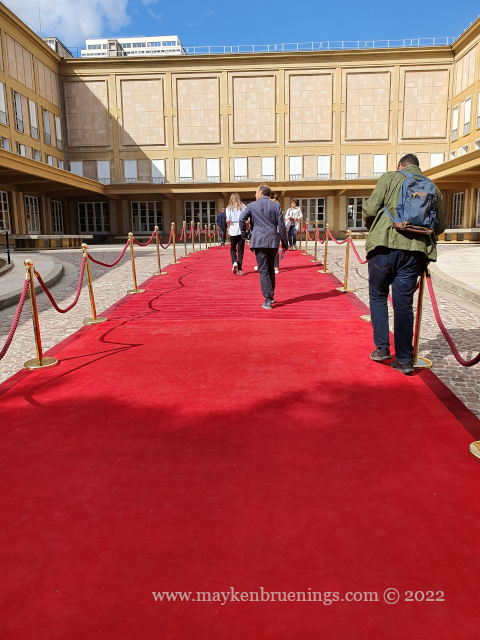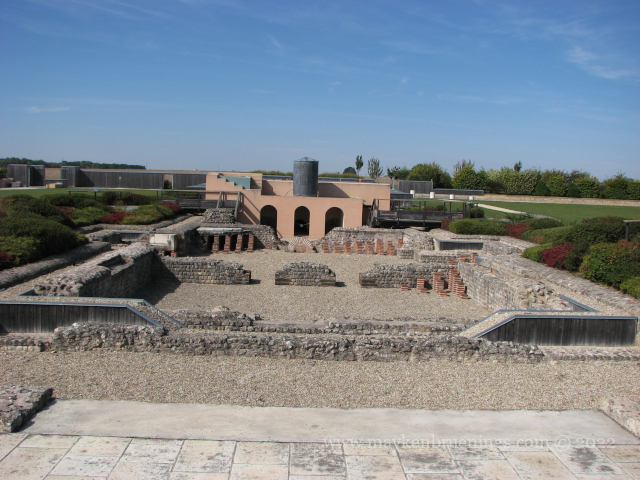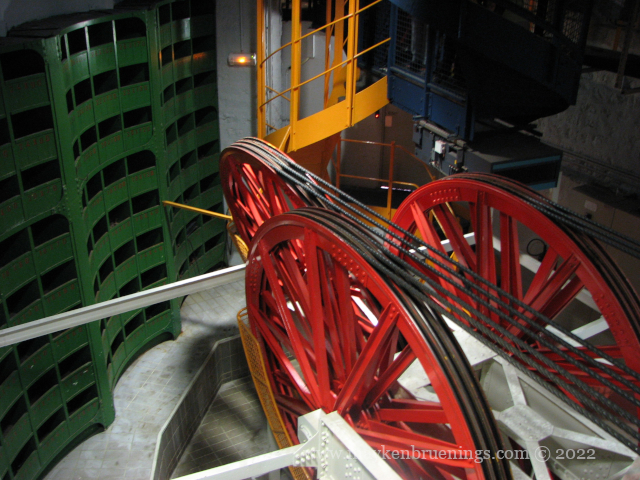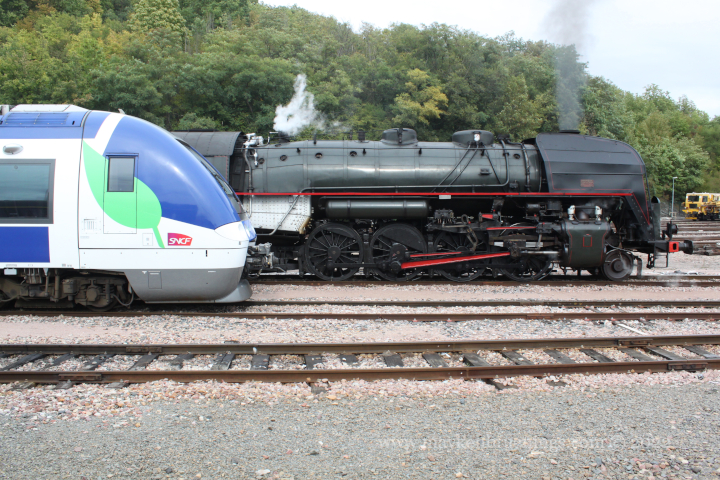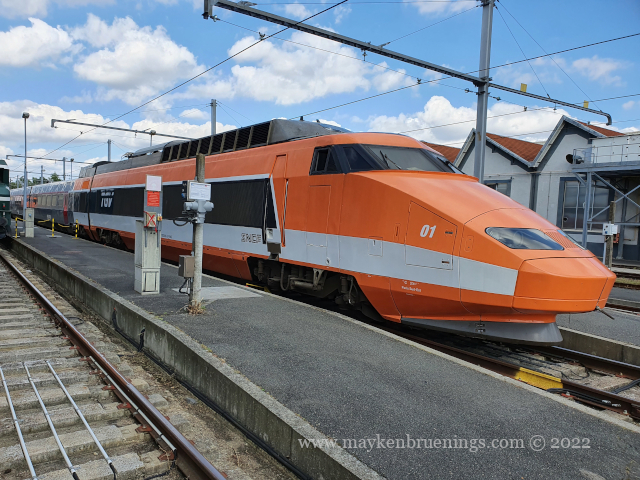Paris Gare de l’Est is the little sister of Gare du Nord. In fact, the two stations with their imposing façades are located just 500m apart in the 10th arrondissement. The Gare de l’Est sits at the end of one of the long straight boulevards Baron Haussmann cut through the city, the Boulevard de Sébastopol which turns into Boulevard de Strasbourg. Fun fact: The train station was initially called Gare de Strasbourg.
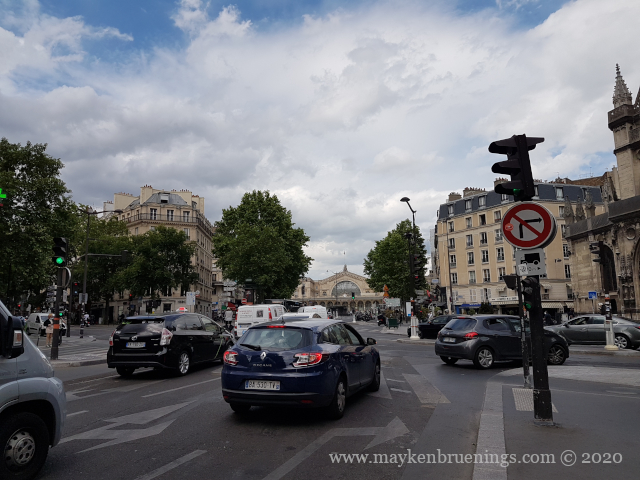
Its style is neoclassical, with some parts being Art Deco, notably the glass-roofed departure-arrivals hall. Note the beautiful half-circle rose window on the main façade.
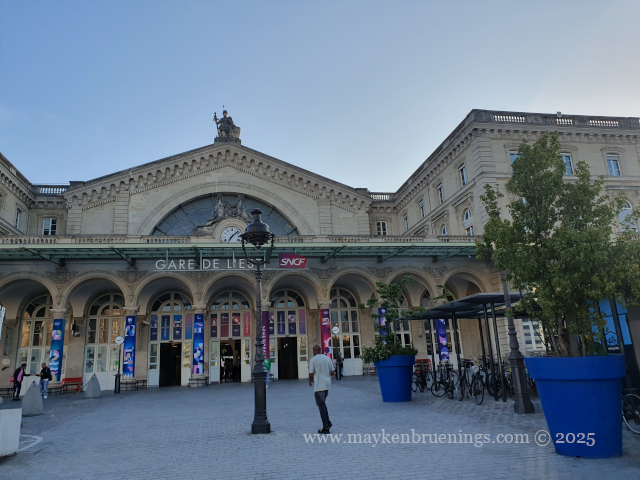
Like all the other Paris train stations, the Gare de l’Est is a terminus station. Being the 5th-busiest of the six main stations, from Gare de l’Est trains go to–you guessed it–Strasbourg, which these days is served by the high-speed TGV Est on its way to Frankfurt, but also the rest of North-Eastern France (Champagne-Ardennes, Lorraine, Alsace), Luxembourg, the southern parts of Germany (for the North, go to Gare du Nord), Austria, and even Italy, as well as local trains (TER) serving the eastern part of the greater Paris area. In 1883, the first-ever Orient Express train to Istanbul made its departure from Gare de l’Est
The Gare de l’Est can be reached by bus and métro (4, 5, and 7). From Gare du Nord, you can walk or take the métro 4 (one station) which serves both stations.
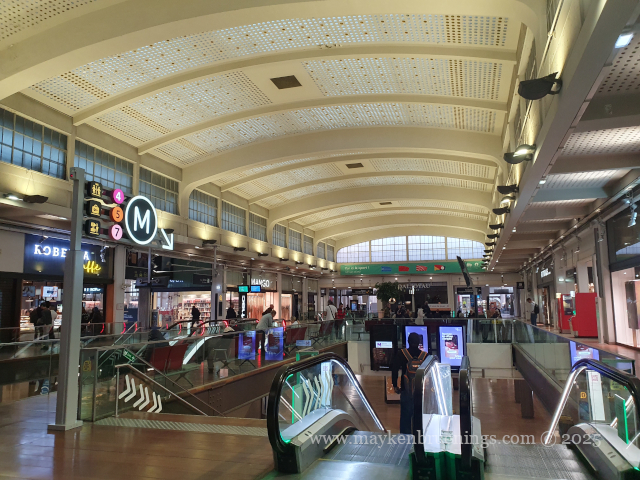
The Gare de l’Est has featured in numerous French movies, sometimes standing in for other stations as it is less busy. One you might know is Amélie (2001).
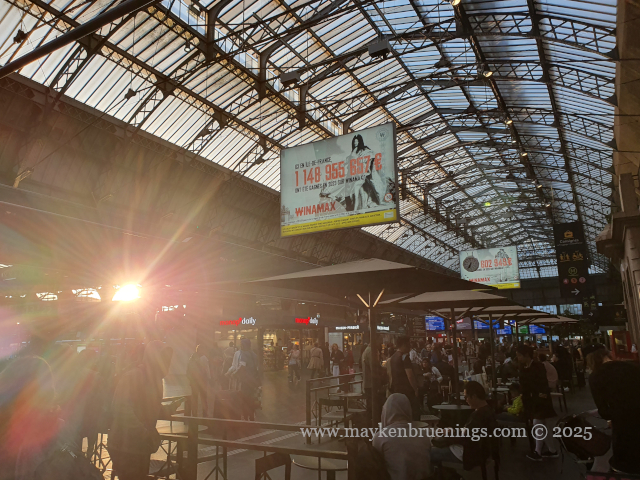
Below the tracks 2 and 3, there is a bunker from WWII that was in fact begun not long before the war and completed by the Occupant in 1941. It is, however, not open to the public.
